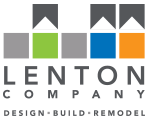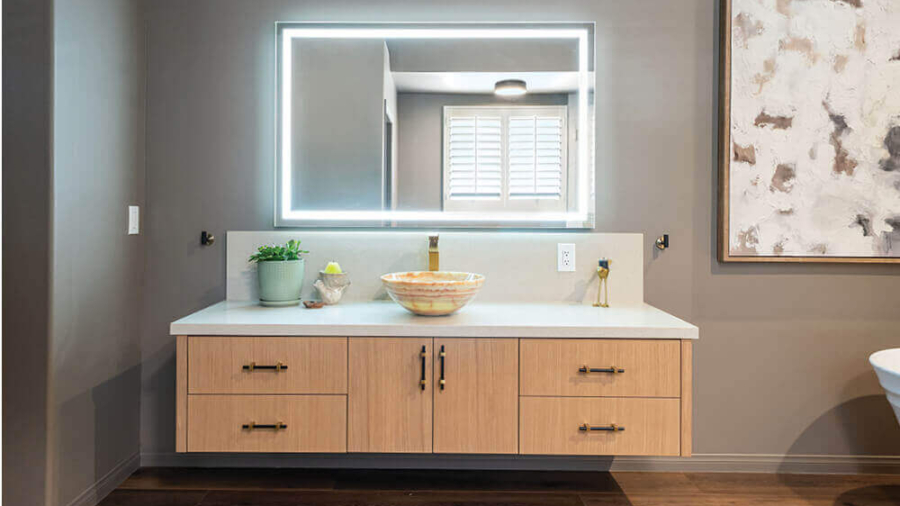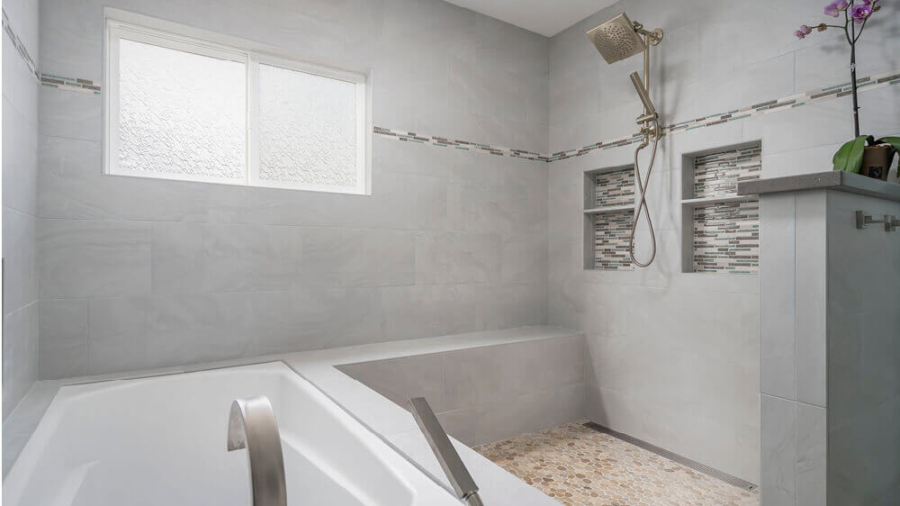If you’ve been craving a design refresh that’s bold, elegant, and a little dramatic, you’re in luck: Art Deco is back and louder than ever. According to Elle Decor, the trend is making a serious comeback in 2025, offering a compelling counterpoint to the subdued, minimalist looks that have dominated for the last decade.
Art Deco’s signature style is all about clean lines, symmetry, metallic shine, geometric patterns, contrast, and luxurious detail. Think sunbursts, chevrons, bold color pairings, mirrored surfaces, and lavish finishes.
Elements to Try: The Deco Details
Art Deco design thrives on a combination of drama, elegance, and precision. When bringing this style into your remodel, consider layering in these hallmark details.
Symmetry and Geometry are at the heart of Art Deco. Strong shapes like arches, chevrons, and sunbursts create striking focal points, while balanced layouts and repeating forms add structure. Think geometric tile patterns on a shower wall, grid-like cabinetry, or even light fixtures with bold shapes adding a touch of Deco flair.
Metallic Accents deliver the shine that makes Deco so glamorous. Chrome, polished nickel, brass, and gold tones serve as essential highlights. You can incorporate them through cabinet hardware, faucets, lighting, mirror edges, or even a slim metallic strip running through tile. The smallest gleam of metal brings an instant air of luxury.
Luxe Materials and Finishes set Deco apart from simpler styles. Glossy surfaces, veined marble, rich woods, and mirrored details all reflect the opulence of the era. Consider marble countertops, a black-and-white patterned floor, a mirrored backsplash, or high-gloss cabinetry to bring richness and depth to your space.
Bold Color with Contrast adds personality. Saturated hues like emerald green, teal, inky blue, or gold pop when paired with neutrals or deep blacks. A vanity in a jewel tone, dark tile accents in a shower, or brass hardware against a moody wall can all strike the perfect balance of bold and beautiful.
Ornamentation and Detail round out the look. Molding, inlays, fluting, scallops, and stylized patterns give Art Deco its unmistakable character. Picture crown molding with stepped edges, fluted cabinet doors, a decorative tile border, or a statement mirror with a sunburst frame with each element bringing a layer of artistry to your design.
Together, these elements transform a room into a space that’s as functional as it is unforgettable proving that Art Deco’s timeless glamour is here to stay.
Call Lenton Company at 661.273.9179 or visit lentoncompany.com to schedule your complimentary Discovery Meeting. Let’s explore the possibilities in your home.










